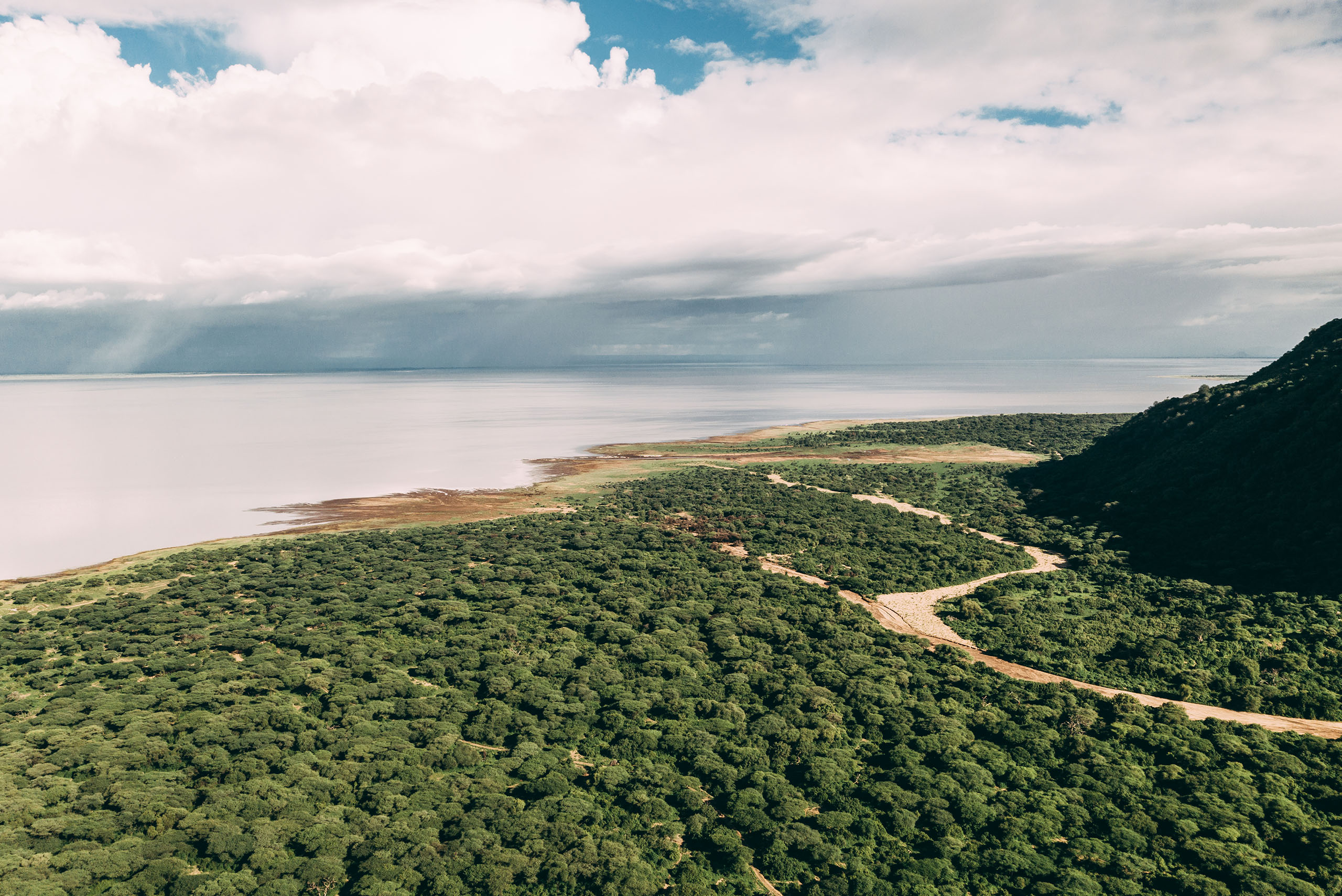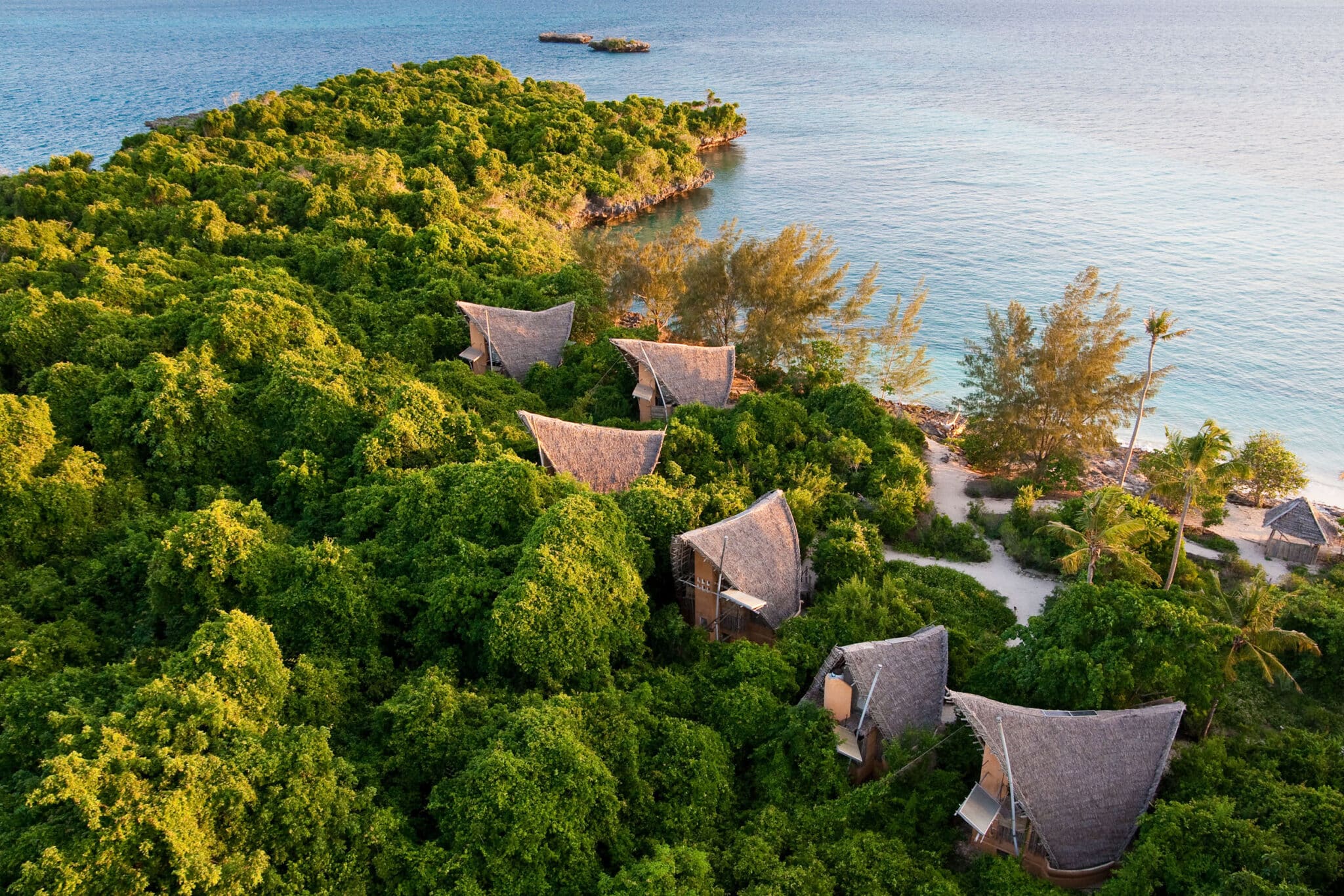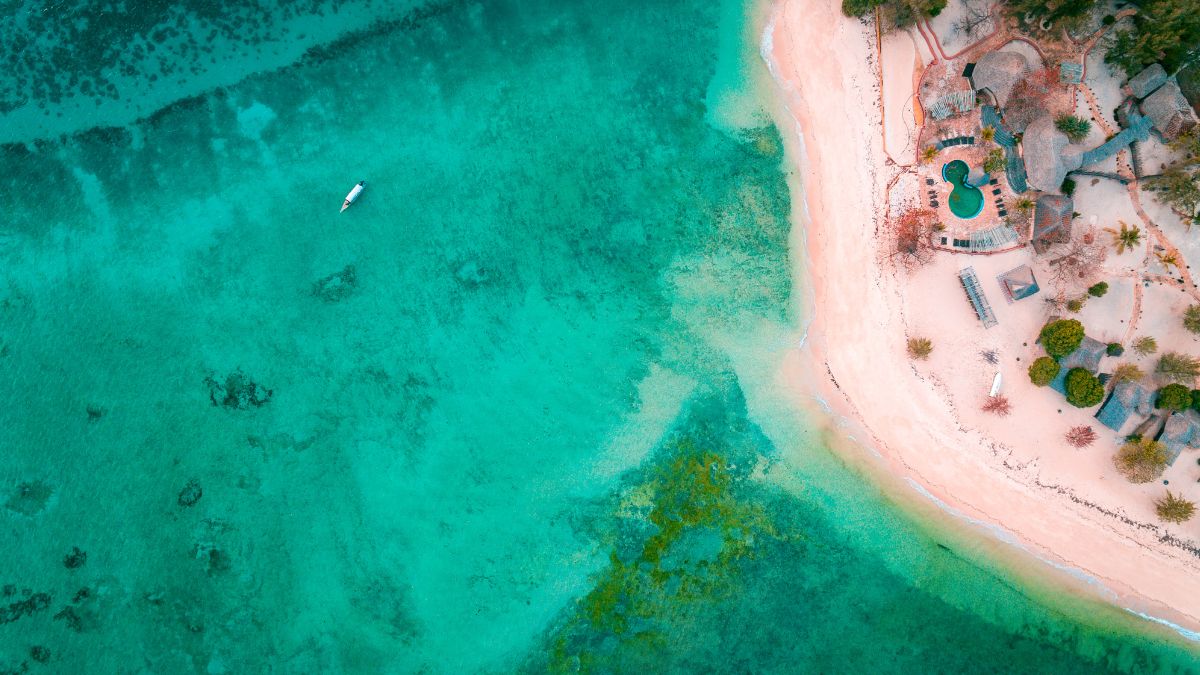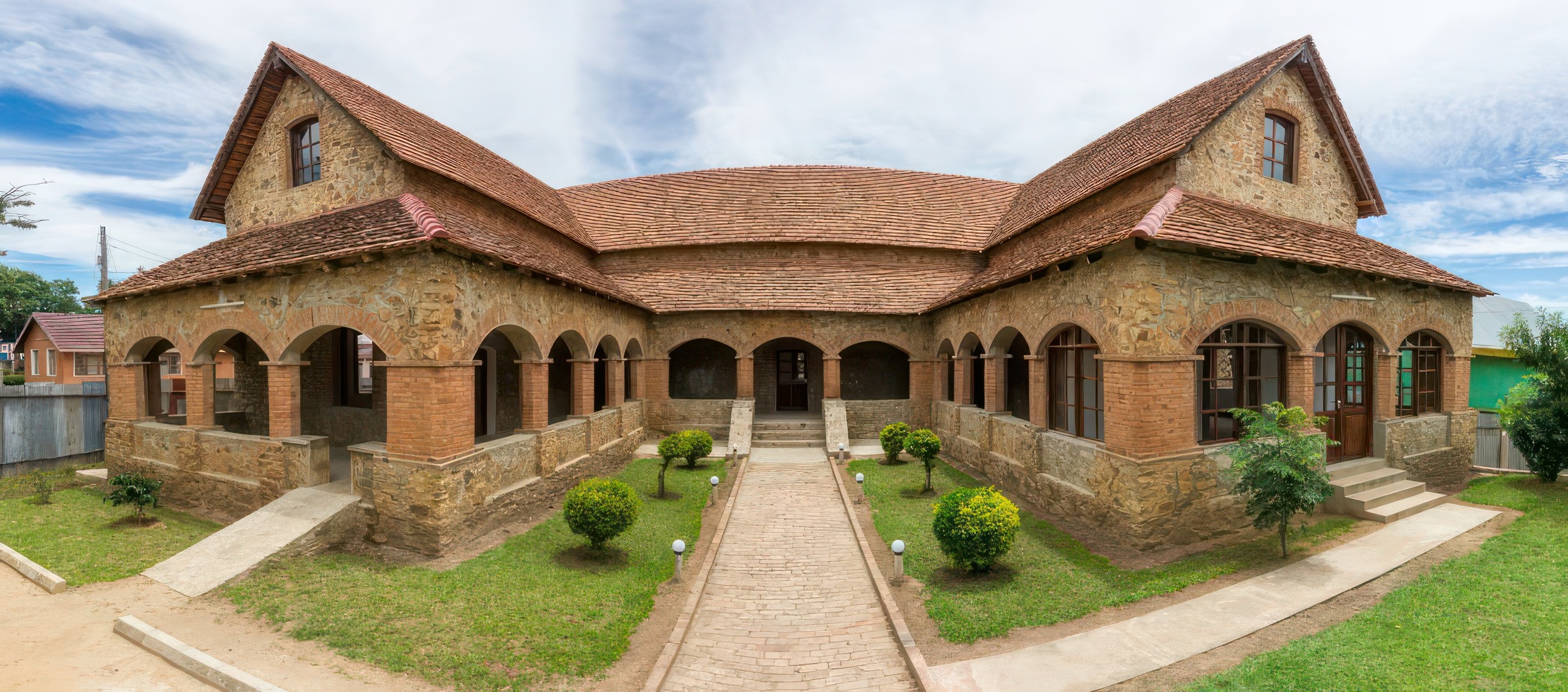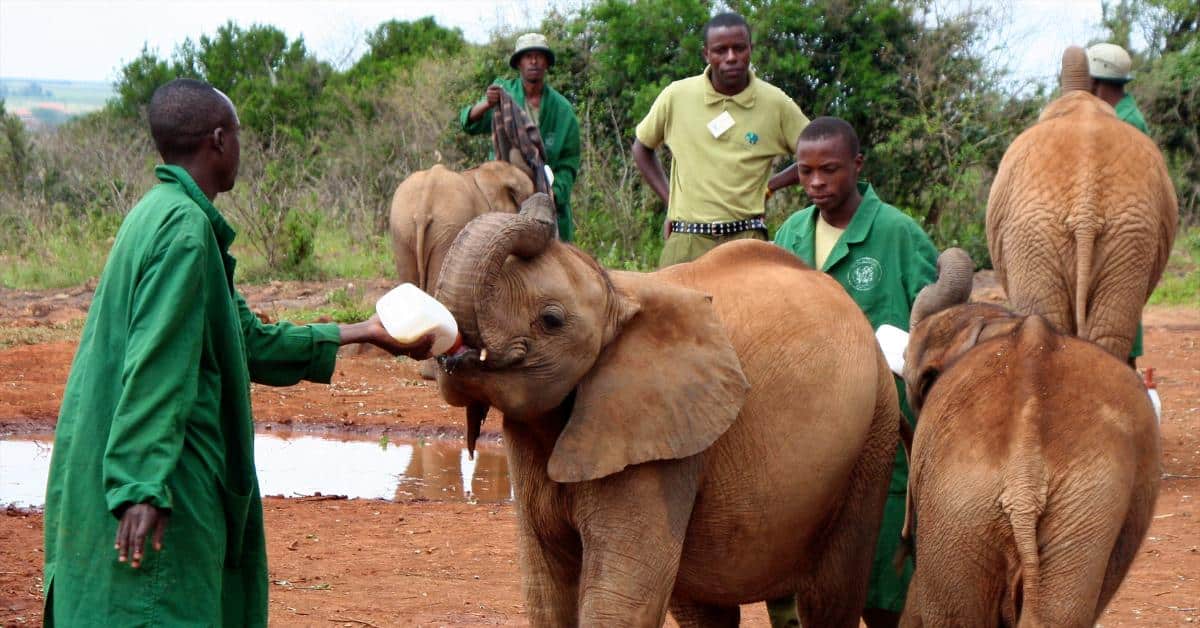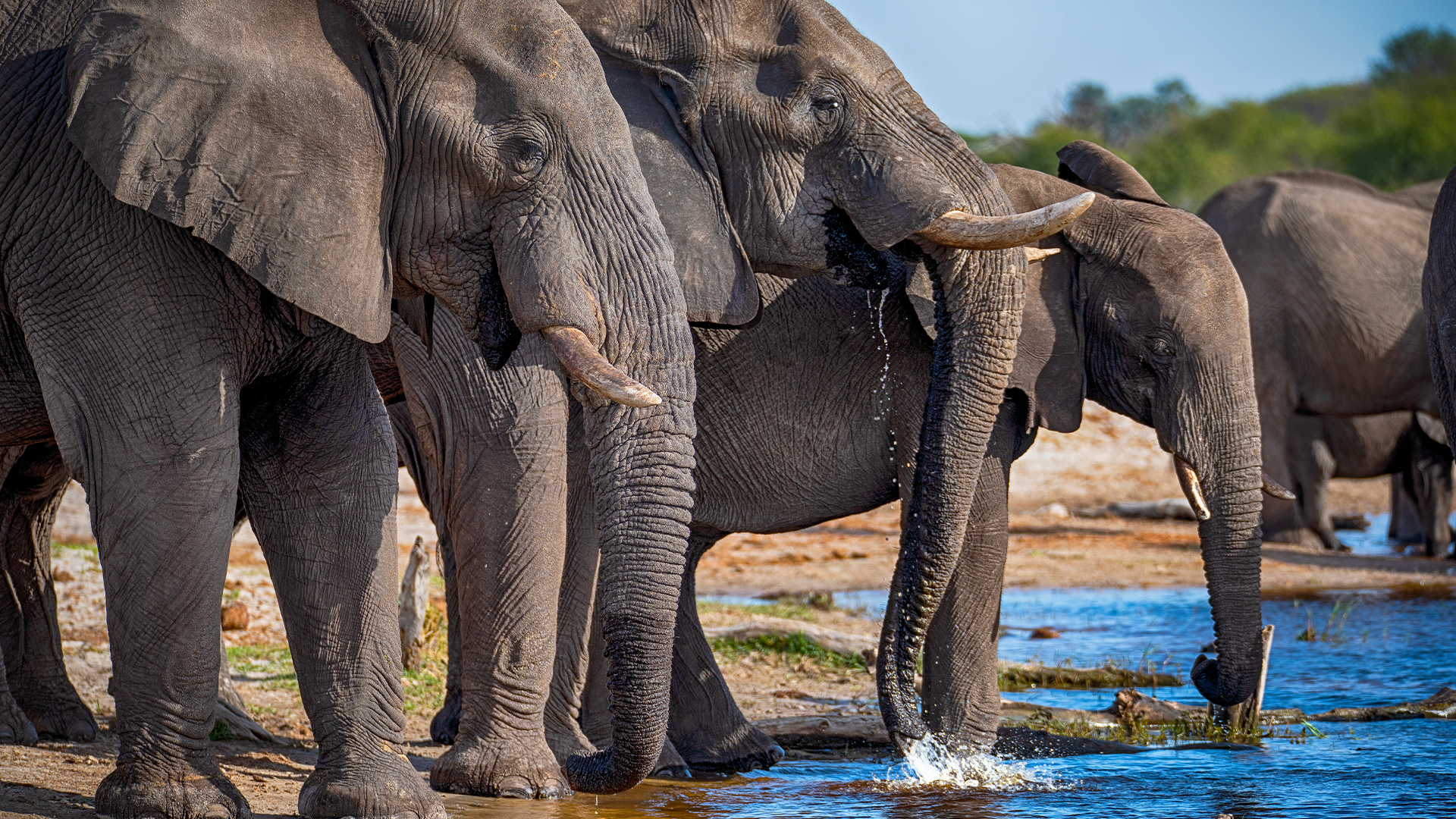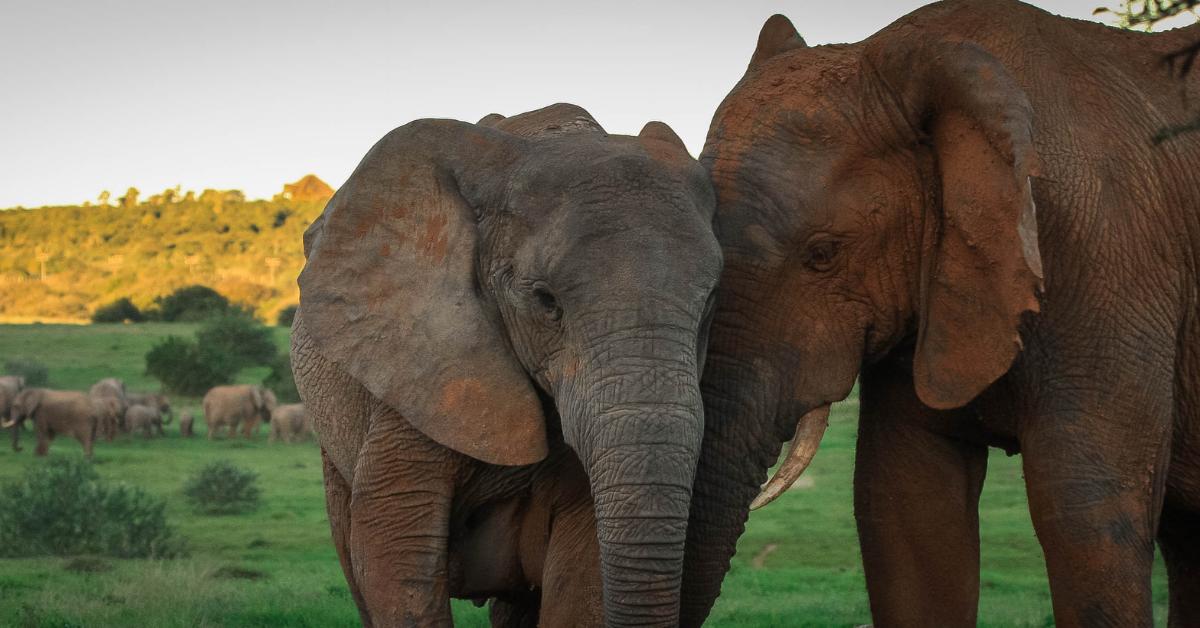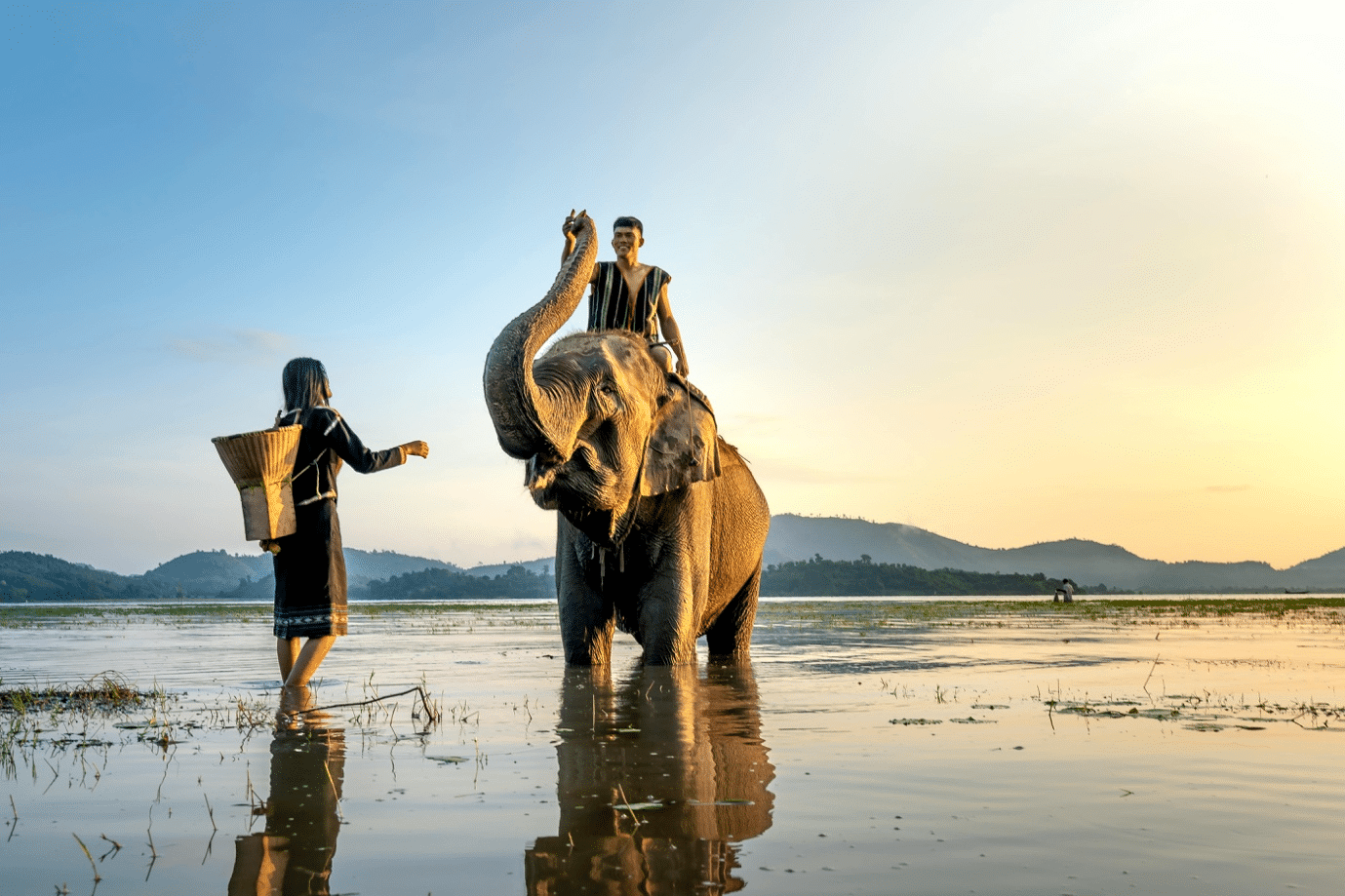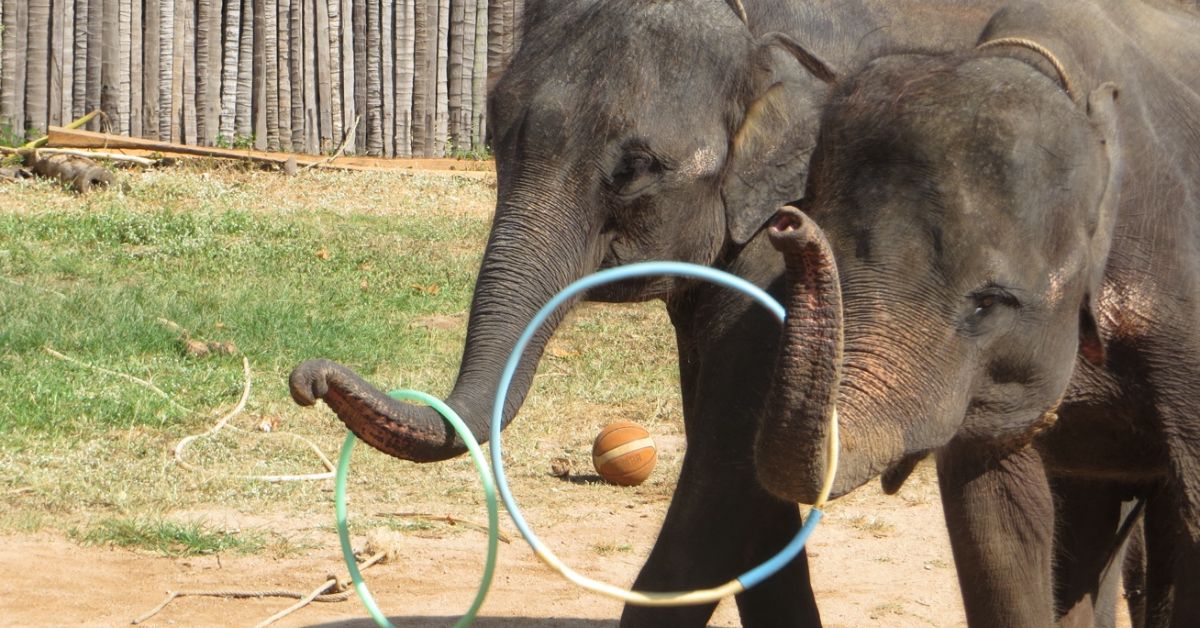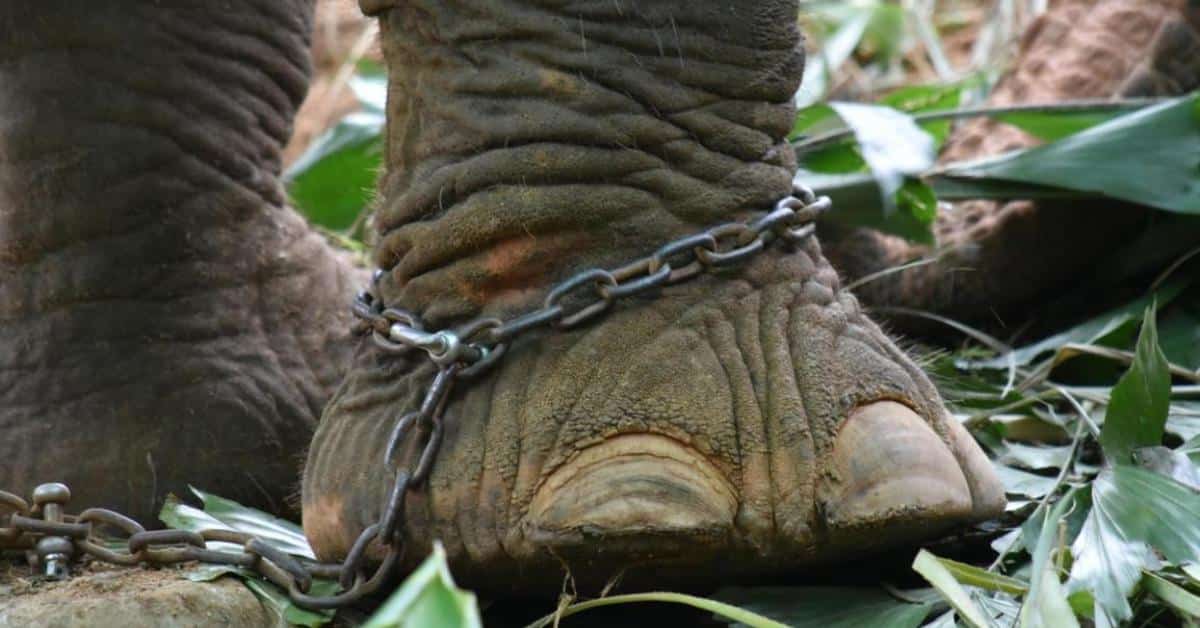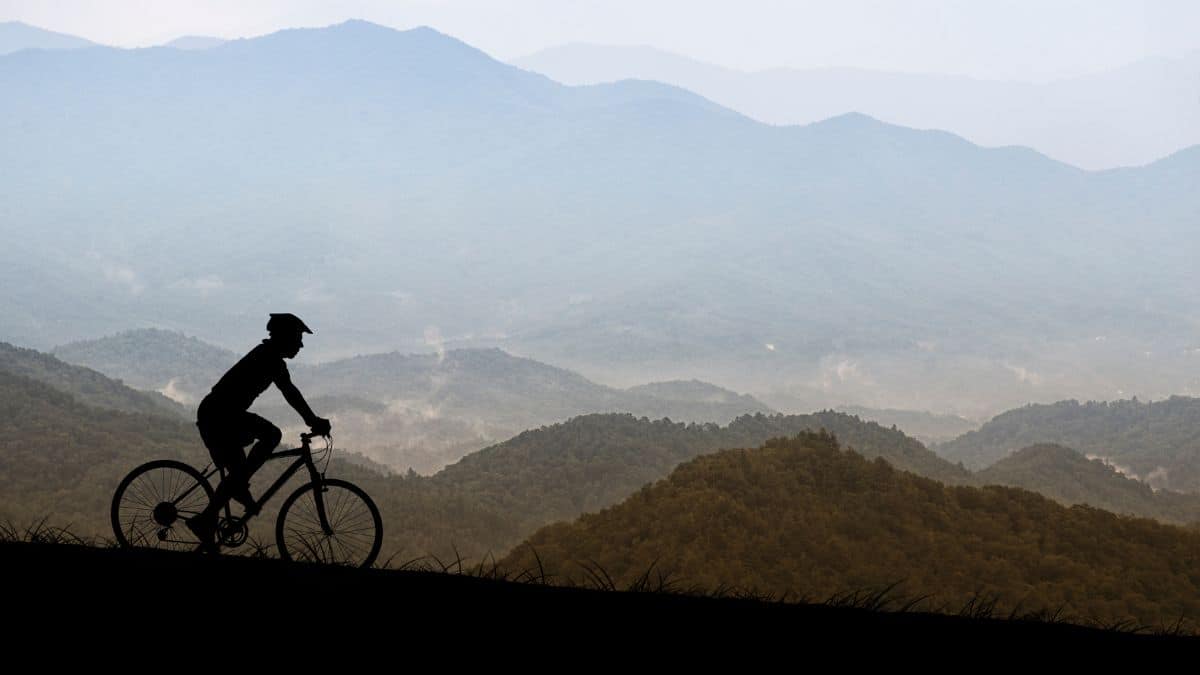Introduction
Lake Manyara National Park lies in northern Tanzania, at the bottom of the Great Rift Valley. It’s a stunning place full of different animals and beautiful scenery.
This park is known for having many flamingos that make a fantastic sight by the lake. Our travel guide will tell you all you need to know about visiting in 2025/2026, from seeing wildlife and watching birds to enjoying the park’s beauty.
Getting to Lake Manyara National Park
Lake Manyara is easily accessible by road from major cities in Tanzania. If you are flying into Tanzania, Kilimanjaro International Airport (JRO) near Arusha is the closest international airport.
From there, it is a scenic drive of around 2-3 hours to reach the park entrance. Alternatively, you can arrange private transfers or book guided tours that comprise transportation to and from the park.
Wildlife Encounters in Lake Manyara National Park
Lake Manyara National Park houses diverse wildlife, making it a must-visit destination for wildlife enthusiasts. Embark on game drives through the park’s lush vegetation and encounter iconic African species such as elephants, giraffes, zebras, and wildebeest.
Keep your eyes peeled for the park’s famous tree-climbing lions, a unique behavior exhibited by only a few lion populations worldwide. These majestic predators can often be spotted lounging on the branches of acacia trees.
Birdwatching at Lake Manyara
One of the primary attractions of Lake Manyara is its incredible birdlife. The alkaline lake is a magnet for various bird species, with flamingos stealing the show. Witness thousands of pink-hued greater and lesser flamingos wading in the shallow waters, creating a mesmerizing spectacle of color.
Besides flamingos, the park is also home to over 400 other bird species, including pelicans, storks, herons, and eagles. Birdwatching lovers will delight in the chance to spot and photograph these beautiful avian creatures.
Canoeing Safaris on Lake Manyara
Consider embarking on a canoeing safari for a unique and intimate experience with Lake Manyara’s wildlife. Drift silently along the lake’s tranquil waters, guided by experienced canoe guides.
Enjoy close encounters with hippos, crocodiles, and various bird species as you explore the lake’s secluded corners. Canoeing safaris offer a serene and immersive way to connect with nature while taking in the breathtaking scenery.
Nature Walks and Hiking Trails
Lake Manyara National Park offers several nature walks and walking trails, allowing you to roam the park on foot. Accompanied by knowledgeable guides, venture into the heart of the park’s lush forests and discover the hidden gems.
Learn about the park’s unique flora and fauna, identify medicinal plants, and spot smaller wildlife that may be missed during game drives. The park’s diverse landscapes, from forests to grasslands, provide ample opportunities for enjoyable hikes and nature walks.
Picnicking and Sundowner Safaris
Lake Manyara National Park offers designated picnic areas where you can take a break, enjoy a packed lunch, and soak in the natural beauty of the surroundings. Choose a scenic spot overlooking the lake or among the park’s abundant greenery.
Additionally, many safari operators offer sundowner safaris, where you can enjoy refreshing drinks and appetizers as you see the sun dip below the horizon, casting a golden glow over the park.
Cultural Visits to Mto wa Mbu Village
For a glimpse into the local culture, take a cultural visit to Mto wa Mbu village, located near the park. Explore the vibrant local market, interact with residents, and learn about the varied ethnic groups that call the area home.
Engage in traditional activities such as banana beer brewing, rice farming, and handicraft demonstrations. This cultural immersion provides a deeper comprehension of the local way of life and offers an opportunity to support local communities.
Accommodations in and around Lake Manyara National Park
Lake Manyara National Park and its surrounding areas offer various accommodations to suit every preference and budget. From luxury lodges with lovely park views to tented camps that fully immerse you in the wilderness, there is something for everyone.
Some popular accommodations include Lake Manyara Serena Safari Lodge, Kirurumu Manyara Lodge, and Manyara Wildlife Safari Camp. Staying within or near the park provides convenient access to wildlife sightings and early morning game drives.
Best Time to Visit Lake Manyara National Park
Lake Manyara National Park is dedicated to conservation and sustainable tourism practices. Support these efforts by adhering to park regulations, respecting wildlife and vegetation, and following the guidance of experienced guides.
Avoid littering and be mindful of your ecological impact during your visit. By practicing responsible tourism, you can contribute to conserving this remarkable ecosystem for future generations.
Conservation and Responsible Tourism
Experience the thrill of Lake Manyara National Park after dark with a night game drive. Venture into the park with an experienced guide and witness the nocturnal creatures that come to life under the cover of darkness.
With spotlights, you may encounter elusive predators like leopards and hyenas and other nocturnal species like bushbabies and genets. Night game drives offer a unique perspective on the park’s wildlife and an opportunity to witness fascinating behaviors rarely seen during daylight hours.
Night Game Drives
Experience the thrill of Lake Manyara National Park after dark with a night game drive. Venture into the park with an experienced guide and witness the nocturnal creatures that come to life under the cover of darkness.
With spotlights, you may encounter elusive predators like leopards and hyenas and other nocturnal species like bushbabies and genets. Night game drives offer a unique perspective on the park’s wildlife and an opportunity to witness fascinating behaviors rarely seen during daylight hours.
Bush Walks and Guided Safaris
Opt for a more intimate and immersive experience for bush walks or guided safaris within Lake Manyara National Park. Accompanied by professional guides, explore the park’s diverse ecosystems on foot and learn about its intricate ecological balance.
Marvel at the elaborate details of the flora, discover hidden animal tracks, and gain insights into the park’s delicate ecosystem. These guided experiences provide a deeper connection to nature and a chance to appreciate the park’s more minor, often overlooked wonders.
Visit the Maji Moto Hot Springs
Located just outside Lake Manyara National Park, the Maji Moto Hot Springs is a natural wonder worth visiting. Take a break from wildlife encounters and indulge in the therapeutic and rejuvenating properties of the hot springs.
Enjoy a calming dip in the warm mineral-rich waters, enclosed by lush greenery and breathtaking views. The hot springs provide a tranquil oasis amidst the park’s adventurous activities, allowing you to unwind and rejuvenate your senses.
Cultural Experiences in Lake Manyara Area
You can engulf yourself in the rich cultural heritage of the Lake Manyara area by participating in cultural experiences and visiting nearby Maasai villages. Engage with the Maasai community and learn about their traditional way of life, including their unique dress, dances, and rituals.
Gain insights into their livestock-rearing practices, visit a traditional boma (homestead), and interact with Maasai artisans who create beautiful beadwork and crafts. These cultural experiences provide a much deeper understanding of the region’s diverse cultural tapestry.
Wildlife Conservation Programs
Lake Manyara National Park is actively involved in wildlife conservation initiatives. Consider participating in volunteer programs or visiting conservation centers to learn more about conservation efforts and contribute to the park’s preservation.
Engage in tree planting, wildlife monitoring, or community outreach programs to support the park’s conservation goals. These hands-on experiences provide an opportunity to make a positive influence and leave a legacy in Lake Manyara National Park.
Final Thoughts
Lake Manyara National Park is a captivating destination that offers many experiences for nature lovers, wildlife enthusiasts, and culture seekers. From the mesmerizing sight of flamingos along the lake’s shores to thrilling wildlife encounters, immersive cultural experiences, and unique activities, Lake Manyara provides a well-rounded safari experience.
Plan your visit to Lake Manyara National Park in 2025/2026 and discover this enchanting destination’s remarkable beauty and biodiversity.
Frequently Asked Questions – Lake Manyara National Park (FAQs)
1. What is the best time to visit Lake Manyara National Park?
Lake Manyara National Park offers diverse wildlife experiences year-round. Still, the best time to visit for optimum birdwatching, especially for flamingos, is during the wet season from November to June. During this period, the lake is brimming with water, attracting vast flocks of flamingos along with other migratory birds.
However, the dry season from July to October is also favorable, as the sparse vegetation and lower water levels make larger animals easier to spot. Each season in Lake Manyara has charm, from dramatic thunderstorms and lush landscapes to clear, sunny days and excellent game-viewing opportunities.
2. Can I see the tree-climbing lions at Lake Manyara National Park?
Lake Manyara Park is one of the few places in Africa where visitors can spot the renowned tree-climbing lions. These lions are known to lounge in acacia trees, although sightings are rare and considered a special treat for wildlife enthusiasts.
The behavior is believed to be an adaptation to protect themselves from biting insects or as a vantage point for hunting. Sightings are more likely during the dry season when the park’s vegetation is less dense.
3. Is Lake Manyara National Park suitable for a family safari?
Lake Manyara National Park is an excellent spot for a family safari due to its compact size and the variety of wildlife and activities suitable for all ages. Children can marvel at the pink flamingos, watch troops of baboons, and learn about the ecosystem through guided nature walks.
Moreover, the park’s proximity to Arusha and other Northern Circuit attractions makes it a convenient stop for families exploring Tanzania. Special family-friendly accommodations also ensure a comfortable and memorable stay.
4. Are there any cultural experiences available near Lake Manyara National Park?
The area surrounding Lake Manyara National Park is rich in cultural experiences. Visitors can engage with the local Maasai and other tribes to learn about their traditional lifestyles, including their homes, dances, crafts, and livestock herding practices.
Cultural tours can be arranged to support community initiatives and provide a deeper understanding of the region’s indigenous heritage. These interactions promote responsible tourism and are insightful add-ons to the wildlife safari experience.
5. What types of accommodation are available in Lake Manyara National Park?
Accommodations in Lake Manyara National Park range from luxury lodges to budget-friendly campsites. Many of these are above the park’s escarpment, offering stunning views of the Rift Valley and the lake below.
Options suit different preferences and budgets while maintaining an immersive natural environment. Guests should book in advance, especially during peak seasons, to secure their preferred lodging option.
6. Can you participate in night drives at Lake Manyara National Park?
Unlike many other national parks in Tanzania, Lake Manyara National Park offers the unique experience of night game drives. These nocturnal adventures allow observing the park’s wildlife when most predators are active and less commonly seen nocturnal creatures appear.
Conducted by experienced guides and using spotlights, night drives are an exciting way to view a different side of the park’s ecosystem. It’s important to arrange these drives as part of your visit since private vehicles are not allowed for night safaris.
7. How many days should I spend in Lake Manyara National Park?
A one to two-day stay is usually sufficient to explore Lake Manyara National Park, given its relatively small size. This allows visitors to enjoy a full-day game drive, observe the flamingos, and potentially see the tree-climbing lions and other bird and mammal species.
However, extending the stay to another day might add depth to your visit, providing time for cultural experiences, canopy walks, and leisure to enjoy the tranquil surroundings.
8. What kind of birdlife can I expect in Lake Manyara National Park?
Lake Manyara National Park boasts over 400 bird species, making it a paradise for birdwatchers. Alongside the park’s striking flamingo population, visitors can expect to see pelicans, storks, herons, egrets, and various raptors.
The evergreen forests also provide habitat to colorful turacos, hornbills, and many more. Novice and expert bird enthusiasts will find the park’s avian diversity captivating throughout the year.
9. Are there entrance fees for Lake Manyara National Park, and how do they contribute to conservation?
Like all Tanzanian national parks, Lake Manyara requires visitors to pay entrance fees. These fees vary based on factors such as age, nationality, and type of vehicle used.
The funds collected are vital for conservation efforts, park maintenance, and supporting local community projects. Fees are reinvested to ensure the park’s ecological integrity and facilitate wildlife research.
10. What activities can I do in Lake Manyara National Park besides game drives?
Beyond traditional game drives, Lake Manyara National Park offers activities such as guided nature walks, canoe safaris, cultural tours, bicycle tours, and an exhilarating treetop walkway experience. These activities allow visitors to experience the park’s rich biodiversity from different perspectives and gain an in-depth appreciation for the ecological and cultural significance of the area.
11. Is malaria a concern when visiting Lake Manyara National Park?
Visitors to Lake Manyara National Park should be aware that malaria is prevalent in Tanzania and should take preventative steps. This can involve using mosquito repellent, wearing long-sleeved clothing during dusk and dawn, and taking preventive medicines a doctor recommends. Accommodations at the park often provide mosquito nets to guard against bites while sleeping.
12. How do I get to Lake Manyara National Park?
You can reach Lake Manyara National Park by road, and it’s just about a 1.5-hour drive from Arusha or a quick flight to a nearby airstrip. This park is often a part of Northern Circuit safaris, which include visits to places like the Serengeti and Ngorongoro Crater. It’s possible to drive there yourself, but many people prefer signing up for an organized safari that includes transportation.
13. What wildlife conservation issues does Lake Manyara National Park face?
Lake Manyara National Park deals with problems such as water usage conflicts, poaching, and conflicts between humans and wildlife. Efforts are focused on conserving water in ways that keep the ecosystem healthy and sustainable.
Measures are taken to prevent poaching, and community outreach is conducted to reduce conflicts. The park also empowers locals through participation in conservation activities.
14. Are there any restrictions on what I can do or bring into Lake Manyara National Park?
As a protected area, activities are regulated to minimize human impact on the environment. Off-road driving is prohibited, and visitors must adhere to designated paths to protect habitats and wildlife.
Littering is strictly prohibited; visitors should ensure nothing is left behind in the park. It’s essential to follow all guidelines and regulations provided by park authorities and guides.
15. What should I pack for a trip to Lake Manyara National Park?
Remember your binoculars and camera to photograph the wildlife and scenic views for your trip to Lake Manyara National Park. You’ll want to wear comfy clothes that you can layer, sun protection, and good walking shoes for your adventures.
In this case, it’s wise to pack a reusable water bottle, a first-aid kit, and snacks. Also, be sure to bring waterproof items and a few warm layers to stay comfortable in different types of weather.
In addition to these essentials, consider packing a camera to capture the stunning landscapes and memorable moments during your visit to Arusha. Don’t forget to carry a hat and sunscreen to protect yourself from the African sun’s heat, especially during outdoor activities like trekking and safaris.

